The draft Political Report submitted to the 14th National Party Congress determined that by 2030, total factor productivity (TFP) in economic growth will reach over 55%.
Labor productivity growth rate reaches about 8.5%/year, the proportion of processing and manufacturing industry reaches about 28% of GDP; the proportion of digital economy reaches about 30% of GDP.
These are indicators that demonstrate the vision of transforming the growth model from breadth to depth, linking science , technology and innovation with productivity and efficiency.
In the context of increasingly fierce global competition and continuous restructuring of value chains, increasing TFP and localization rate (DVA) has become a strategic requirement for Vietnam to strengthen its self-reliance and endogenous strength.
Speaking with a reporter from Vietnam News Agency, Dr. Huynh Thanh Dien, an economic expert and lecturer at Nguyen Tat Thanh University, assessed the growth results for the 2021-2025 period, analyzed bottlenecks and provided strategic directions for the coming period.
- Sir, the Draft Political Report submitted to the 14th National Party Congress has set out targets on TFP, DVA and growth model transformation. How do you assess the importance of increasing TFP and the localization rate for the autonomy and endogenous strength of the Vietnamese economy?
Dr. Huynh Thanh Dien: In fact, increasing TFP and DVA is not only a requirement for economic growth but also a strategic issue, determining the country's self-reliance capacity.
Looking back at the 2021-2025 period, the average economic growth reached 6.3%/year, GDP size was about 510 billion USD, GDP per capita was about 5,000 USD, putting Vietnam in the upper middle-income group. TFP's contribution to growth reached about 47%, reflecting efforts to improve growth quality.
However, average labor productivity increased only 5.3%/year, lower than the set target, and the ICOR coefficient is still high (6.9), showing that investment efficiency is not commensurate with resources.
Although the localization rate in the processing and manufacturing industry has improved, it is still low, heavily dependent on imported raw materials and components, causing limited domestic added value and low technology diffusion.
These are the bottlenecks that the 14th Congress needs to remove to realize the aspiration for rapid and sustainable development .
- So, in your opinion, what are the strategic drivers to promote TFP and DVA, while overcoming current bottlenecks?
Dr. Huynh Thanh Dien: I believe that increasing TFP and localization rate cannot only rely on capital or the market but must be led by three strategic drivers: innovative institutions, value chain linkages and creative human resources.
Firstly, in terms of institutions, it is necessary to synchronously perfect mechanisms to promote innovation, digital transformation and productivity-based governance.
The draft Political Report has set out the orientation of building a national data center, strongly developing high technology, AI, and comprehensive digital transformation, in parallel with simplifying procedures, decentralizing, and thoroughly decentralizing to remove institutional bottlenecks.
At the same time, a national productivity ecosystem will be soon formed, including a regional innovation fund, a state-enterprise-school R&D network, and a “sandbox” mechanism for testing new technologies.
Institutions must shift from "asking - giving" to "encouraging - post-auditing", considering productivity efficiency as a criterion to evaluate the effectiveness of governments and businesses.
Second, regarding value chain linkages and localization, it is necessary to consider the private economy as the most important driving force of the economy, as the document affirmed.
Developing multi-industry private corporations with international competitiveness, coupled with policies requiring FDI enterprises to publicly disclose technology transfer roadmaps and increase localization rates according to specific commitments.
At the same time, it is necessary to invest in developing supporting industries, especially in five key areas: precision mechanics, electronic components, new materials, textiles, footwear, and renewable energy equipment.
The formation of a “deeply localized industrial zone”, where enterprises achieving a DVA of over 60% receive incentives on tax, land and credit, will be a boost for domestic production capacity.
The State needs to develop a national component supply and demand data platform to connect Vietnamese enterprises with the global production chain, thereby turning localization into the pivot of new integration.
Third, regarding human resources, people are the decisive factor in productivity. It is necessary to implement the model of "Three companions: State - School - Enterprise", linking training with the specific needs of industry and the digital economy.
Innovate vocational education towards dual vocational training, international skill standards, develop a workforce of engineers and technical workers to meet industry 4.0 standards.
Policies to treat and attract science and technology talents must be linked to innovation achievements, not just seniority. At the same time, we must strongly support small and medium-sized enterprises in digital transformation, helping to reduce costs, increase productivity and participate more deeply in the global value chain.
- Looking at the long term, how do you assess the role of TFP and DVA in strengthening Vietnam's strategic economic autonomy and development orientation in the coming period?
Dr. Huynh Thanh Dien: Raising TFP and DVA is also a condition to consolidate the strategic self-reliant economy that the Party has identified. An economy with high productivity and a deep localization rate will be less vulnerable to external fluctuations, and will be able to create value from knowledge instead of depending on resources or cheap labor. This is also the foundation for Vietnam to truly enter the era of national development.
The Draft Political Report clearly states the spirit: “Strategic autonomy, self-reliance, self-confidence, and strong progress in the new era for a peaceful, independent, democratic, prosperous, civilized, happy Vietnam, firmly advancing toward socialism.”
The development of the National Strategy on productivity and localization for the 2026-2035 period, with TFP and DVA as the focus, will be the basis for ministries, branches and localities to deploy specific targets, measure, regularly monitor and create pressure for substantial reform, thereby promoting the model of "regional autonomous economy" based on innovation and production linkage.
Thank you!
Source: https://www.vietnamplus.vn/yeu-cau-chien-luoc-de-viet-nam-cung-co-nang-luc-tu-chu-va-suc-manh-noi-sinh-post1076957.vnp


![[Photo] Exciting contest of skillful red fruit picking and creativity from Son La coffee beans](https://vphoto.vietnam.vn/thumb/1200x675/vietnam/resource/IMAGE/2025/11/15/1763201832979_ndo_bl_3-jpg.webp)

![[Photo] The Government Standing Committee reviews the planning project of the Red River landscape avenue axis](https://vphoto.vietnam.vn/thumb/1200x675/vietnam/resource/IMAGE/2025/11/15/1763197032149_dsc-0163-jpg.webp)
![[Photo] Action for the Community tells stories of enduring journeys – both intimate and great, yet quiet and determined](https://vphoto.vietnam.vn/thumb/1200x675/vietnam/resource/IMAGE/2025/11/15/1763179022035_ai-dai-dieu-5828-jpg.webp)

![[Photo] General Secretary To Lam receives Governor of Kanagawa Province (Japan) Kuroiwa Yuji](https://vphoto.vietnam.vn/thumb/1200x675/vietnam/resource/IMAGE/2025/11/15/1763204231089_a1-bnd-7718-5559-jpg.webp)


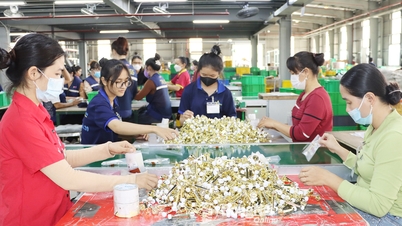





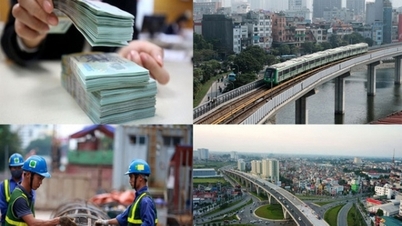

















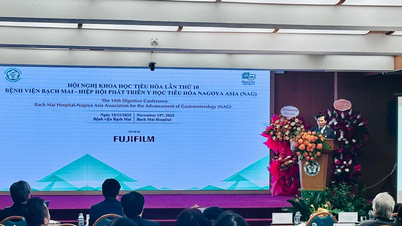





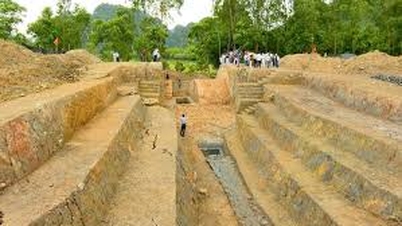












































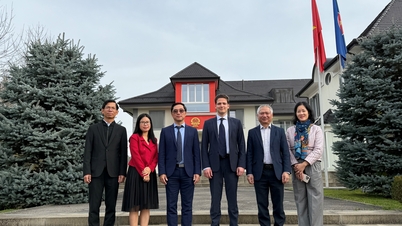


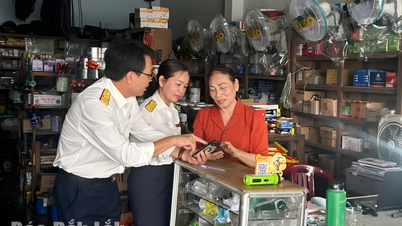
















Comment (0)